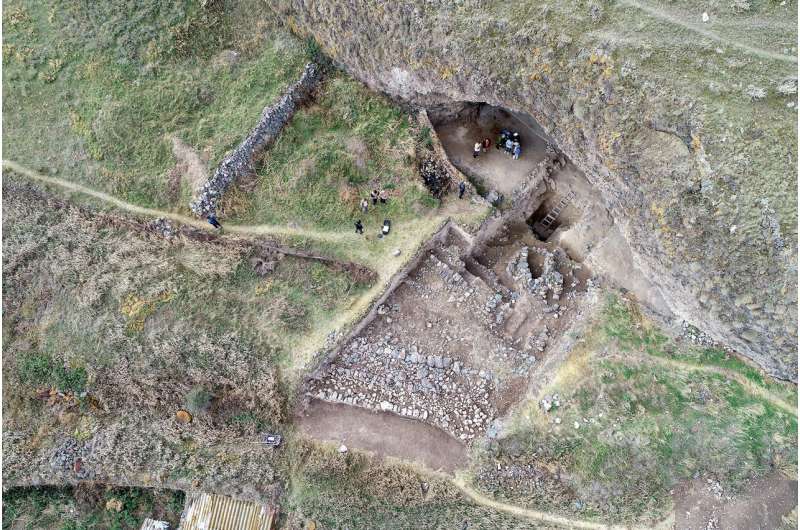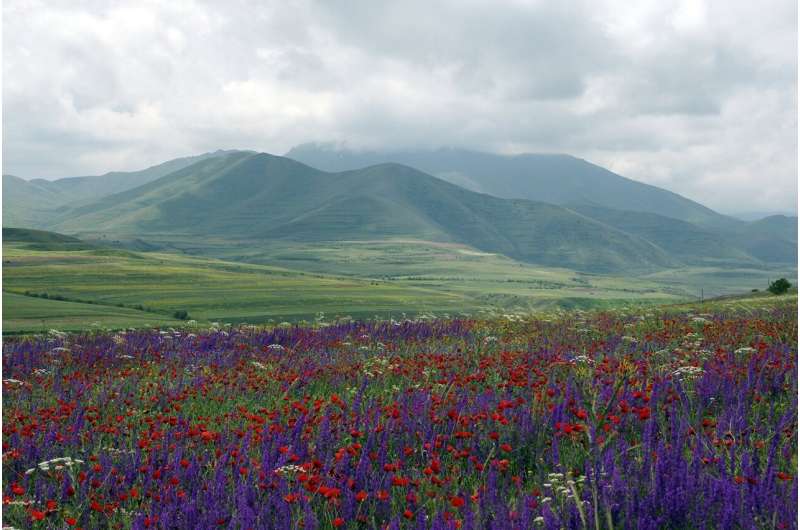
Under the auspices of the University of Oslo, an international research team has been analyzing the plant DNA from the Aghitu 3 cave. Humans of the Upper Paleolithic used the cave as a shelter for tens of thousands of years. The inhabitants of the cave may have used a number of plant species for a variety of purposes.
The research project "The Role of Culture in Early Expansions of Humans (ROCEEH)" is based at the University of Tbingen and the Senckenberg Research Institute. The study was published in a peer reviewed journal.
There is nothing that distinguishes the Aghitu 3 cave from the other basalt caves in southern Armenia. One of only a few sites containing finds from the Upper Paleolithic in the Republic of Armenia, the cave is 11 meters deep, 18 meters wide, and 6 meters high. During a period of about 39,000 to 24,000 years before present, the caves reveal information about human settlements.
Stone artifacts, animal remains, bones, tools, shell beads, and charcoal from campfires have been found in the cave.
To be able to provide information about plant use in the Paleolithic period, the research team had to extract plant DNA from the caves. During periods of heavy human use of the cave, the samples contained a larger amount of genetic material from plants than during quieter times.
Most of the plants are found to be involved with humans. People collect plants during their day. The remains of the plants were left in the cave where they were preserved for future use. A more complete picture of the plants that were available to people and how they might have used them is gained by analyzing the DNA and comparing it with previously identified pollen types.

According to the study, only five of the 43 plant orders are suitable for humans. Some of the plants can be used as food, while others can also be used as a mosquito deterrent. People in this region used plants to make sewing thread and string up shell beads, according to the discovery of DNA from plants that provide dyes or fibers.
needles made from animal bones were also found in the cave during our excavations." According to Kandel, we now know how our ancestors sewed in the cave.
According to the researchers, analyzing plant DNA is an exciting new tool that can be used to study human behavior in prehistoric times. We will use this method at other places to learn more about our ancestors.
More information: Anneke T.M. ter Schure et al, Sedimentary ancient DNA metabarcoding as a tool for assessing prehistoric plant use at the Upper Paleolithic cave site Aghitu-3, Armenia, Journal of Human Evolution (2022). DOI: 10.1016/j.jhevol.2022.103258 Journal information: Journal of Human Evolution